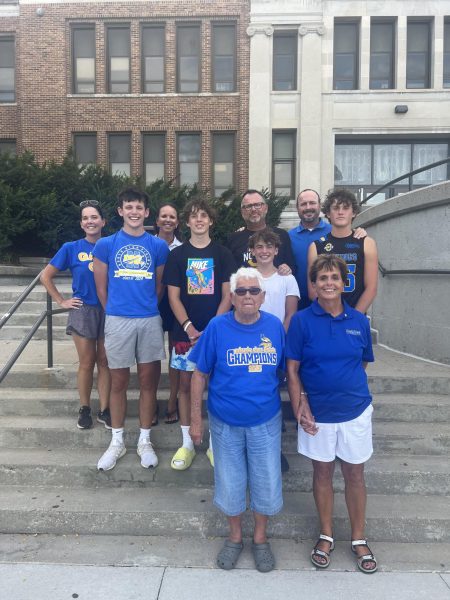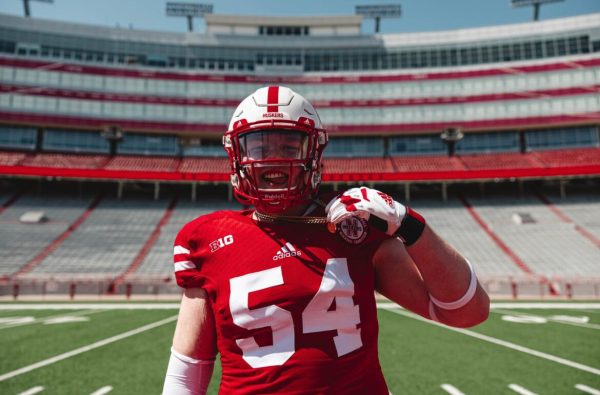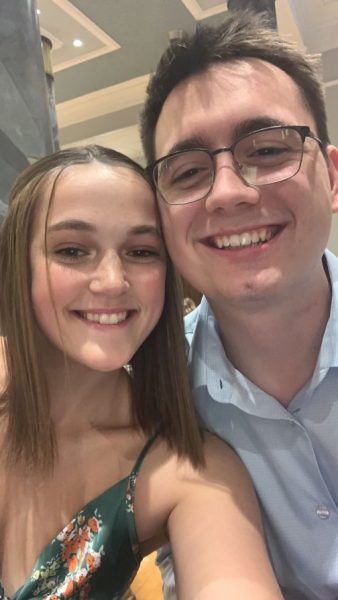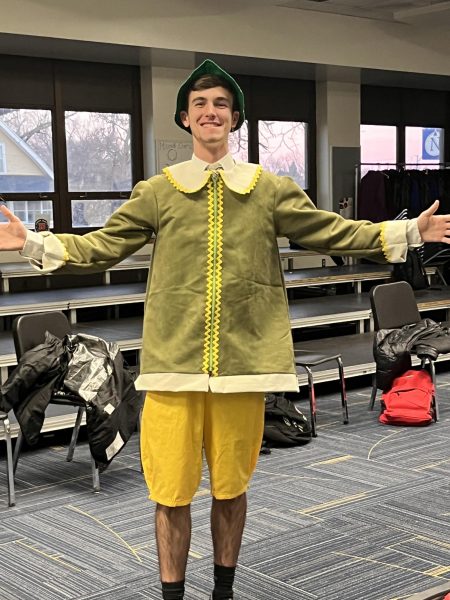Stereotyping the Stereotypes: The differences in parts of Omaha
February 28, 2018
Omaha has a population of about 446,970 people according to the U.S. Decennial Census. From those 446,970 people, each one comes from a different racial background, a different financial background, and from different areas of Omaha. Each part of Omaha has underlying stereotypes that impact the views on that area in Omaha.
“West Omaha is all the privileged, White people, and North Omaha you’re going to see a lot of smaller houses and gang stuff going on. But, really, you could see things anywhere,” said Cassie Vickery.
Vickery, 9, lives near 168th street, in what she would consider West Omaha. She knows the different parts of Omaha and the stereotypes behind them.
“People consider [that area] where the rich kids live and the privileged people,” Vickery said regarding where she lives.
North High is a very diverse school, especially regarding students and the areas that they come from. 38.4% of North High’s population lives in North Omaha (or North High’s attendance area). About 60.4% of North High’s population lives outside of this area, creating a diverse school, according to the information provided by Ms. Bailey.
Stereotypes are especially common in a city such as Omaha, where about 73% of the population is Caucasian, 13% is African American, about 13% is Hispanic or Latino, and about 2% is Asian according to the U.S Decennial Census.
Shauntee Mims, 10, lives near Keystone also sees and acknowledges some of the stereotypes of Omaha.
“I would say that there is more money out west and Downtown, while a little bit of the money is used on the rest of Omaha,” Mims said.
“[Living in a nice neighborhood that is mostly White] plays into the stereotypes because they say that mostly White neighborhoods are better and not as ‘ghetto’,” Mims said.
According to the U.S. Census of Omaha, the city does have racial segregation. East of 72nd and North of Cumming Street is predominantly African American. East of 50th and South of Dodge is predominantly Hispanic or Latino. West of 72nd is predominantly Caucasian. However, the lines that divide areas by race are no longer as definite as they used to be. Areas are in the current process of merging together.
In West Omaha, near the Boys Town area, it is about 73% Caucasian and 17% Black or African-American, according to ‘Town Charts’. North Omaha is 59% African-American and 29% Caucasian, according to the U.S. Census.
Stereotypes may have some type of truth behind them statistically, however, some people believe that they need to change.
“I think that the stereotypes are not correct, like the one about North Omaha. North Omaha is a great place to live and to go to school, the culture down there is what makes it great,” said Mims.
Paw Say who lives near 48th and Saratoga, in a racially diverse neighborhood says that she “doesn’t like [the stereotypes].”
“[The stereotypes] aren’t right until you see it,” Say said.
Vickery said that she lives in a nice neighborhood that do a lot of community activities together and said that it is not what people expect. She believes that the people of Omaha need to be educated because Omaha “really isn’t as different as it seems.”
“It’s not all bad like people try to make it seem. I definitely think that stereotypes need to change,” Mims said.






